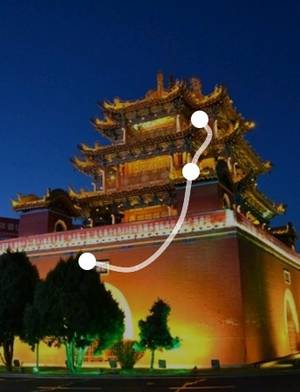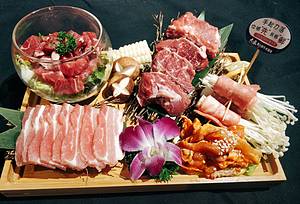Jinshawan Ecological Tourism Zone, A Desert Oasis of Ecological Wonders
Approximately 15 kilometers north of Haibowan District in Wuhai City, Inner Mongolia Autonomous Region
5
Introduction

Address Approximately 15 kilometers north of Haibowan District in Wuhai City, Inner Mongolia Autonomous Region
Opening hours 08:00-18:30 (all day)
last entry at 18:00 (April 2 to October 29, Monday-Sunday)
09:00-17:00 (all day)
last entry at 16:30 (October 30 to April 1 of the following year, Monday-Sunday)
 Desert scenery and style
Desert scenery and style



















